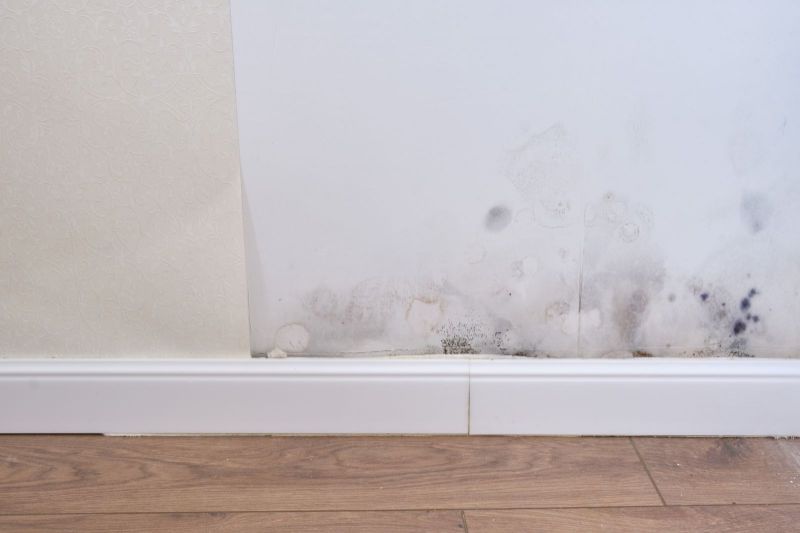Mold awareness is quickly spreading in recent years, but there are still so many people unaware that they are suffering from the symptoms of mold. Many times, people associate these symptoms with the common cold or the flu. It can sometimes be very difficult to distinguish between a reaction to mold and the symptoms of a cold, but if you fear there is mold in the home and someone is feeling sick, and there really isn't a good reason for it, then it may be due to the presence of this fungi in the home.
What Is Mold?
Mold is a type of fungus that consists of small organisms. Mold typically thrives on moisture and can reproduce. These tiny spores can then make their way through the air. They can then begin to initiate the growth of new mold and seriously compromise the quality of the air inside of your home.
When this happens, you will find that your immune system may respond with allergic reactions, and this can then ultimately result in other more serious health complications, including even more severe allergy symptoms.
Reacting to Mold
Everyone reacts to mold in different ways; however, seniors and children are often affected much more severely than others because they are typically the most vulnerable. The severity of the mold also plays a factor in its effects as well. Younger children with immune systems that have not yet had time to fully develop are at the highest risk of complications due to mold exposure.
Effects of Mold on Children
Mold can cause a number of different respiratory problems in children because they are inhaling the mold spores. Often, mold symptoms closely resemble that of seasonal allergies and may include the following:
-
- Wheezing and shortness of breath
-
- Runny or itchy nose
-
- Nasal congestion
-
- A sore throat
-
- Coughing and sneezing
-
- Other flu-like symptoms
For children already suffering from asthma, these symptoms may be more severe, and the attacks can ultimately cause more severe chronic lung disease symptoms.
Toxic Black Molds
All mold is dangerous for a child, but toxic black mold may be one of the most harmful. This type of mold produces mycotoxins that are harmful to children and can even cause death in some cases. The black mold causes severe irritation and burning in the nasal cavity, mouth, and throat. All of these symptoms can then lead to other more serious breathing problems as well as bleeding in the lungs when not treated.
Neurological Symptoms
In addition to the physical symptoms, children can also experience confusion and disorientation, a shortened attention span, dizziness, headaches, memory loss, anxiety, numbness, and more.
Skin and Eye Irritation
Toxic black mold can enter the child's body through their skin, and this can cause rashes, irritation, and other significantly uncomfortable skin conditions. When the mycotoxins hit the child's eyes, the inflammation can cause itchy and watery eyes, bloodshot eyes, and blurry vision.
Other Mold Allergy Symptoms to Watch for
Chronic fatigue, muscle pain, chest pain, nausea, hair loss, vomiting, and diarrhea are also just a few more of the symptoms you may find with a mold allergy. So, if you fear that there is mold in the home, you need to hire a professional right away to come in and assess the extent of the problem so you can ensure a mold free home for your children.

